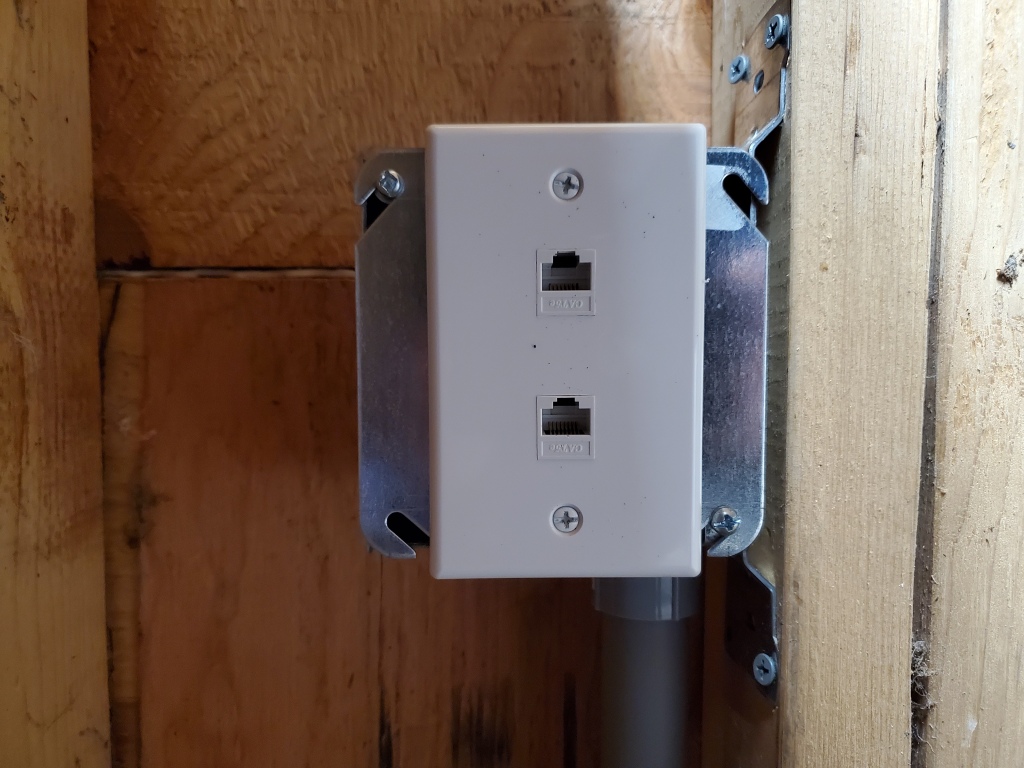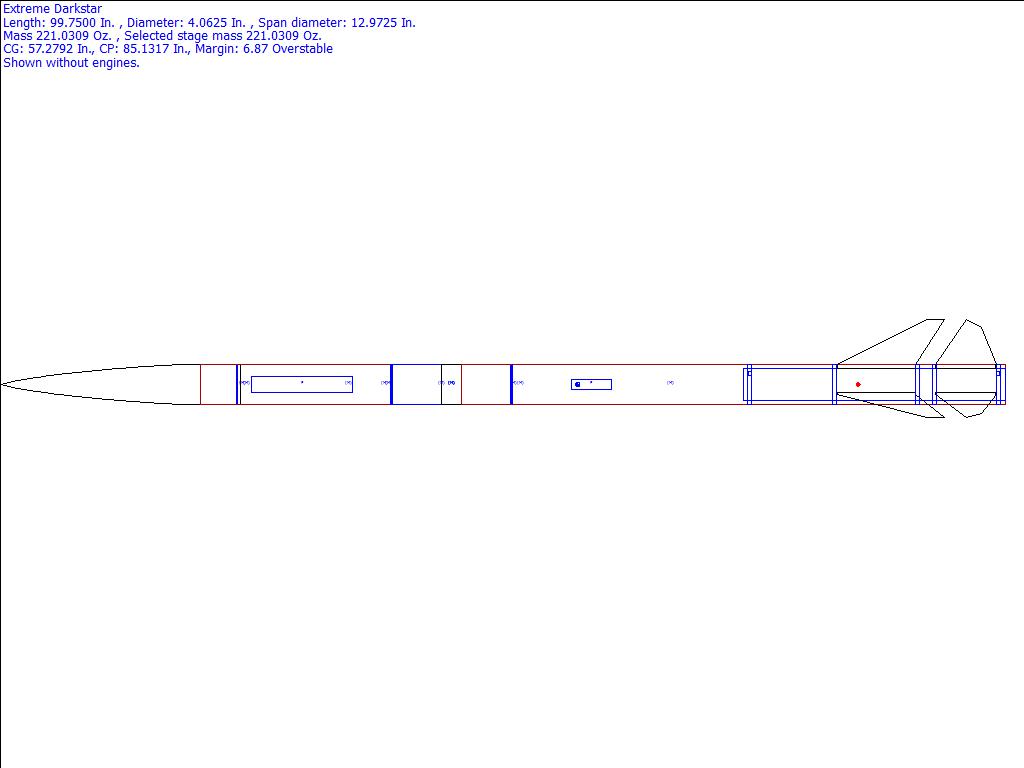This post requires a bit of explanation and backstory.

When I was much younger, I was pretty good at math, and I liked it. I’m talking about very basic math, like in elementary school and junior high. Basic arithmetic, pre-algebra and algebra. Starting in third grade, and every year from grades three through eight, I represented our school at the statewide junior “math olympics.” I was also always drawn to space and astronomy. As I got closer to finishing high school and was busy applying to colleges, I decided that I’d choose a school based on its engineering program.
When I first started undergrad, my intended major was aerospace engineering. For a variety of reasons, though, I struggled with the necessary math and science classes – calculus, chemistry, physics. And to make a very long story short, I ended up switching majors to political science, and went on to law school afterwards, getting both an JD and MBA. I’m also very interested in history, and politics, and law, and public policy, which is why this path appealed to me.
That’s a successful outcome, though, right? Well, it depends on your perspective.
I enjoy what I do; it’s interesting and it’s intellectually challenging and satisfying. But I finished law school a decade ago, and for undergrad it’s been even longer than that. I’ve always felt that I never got the formal basic education in math or science, and I certainly never completed the program in aerospace engineering.
To be honest, I’m not sure if I will ever get the engineering degree. I don’t know that I will ever become an engineer. I suppose I could go back to school full time, or I could continue to work and take classes part time. But either way, I’ve felt like this basic math and science knowledge is lacking, and I decided that I should take a few classes to help complete my education.
And so, I did.
I started taking evening classes last year, in January 2019, jumping back into things with calculus I at a local community college. And it turns out, I still like math.
I’ll follow this post with another soon, detailing my lurid experiences with derivatives and integrals – in case you were hoping for more juicy mathematics.





